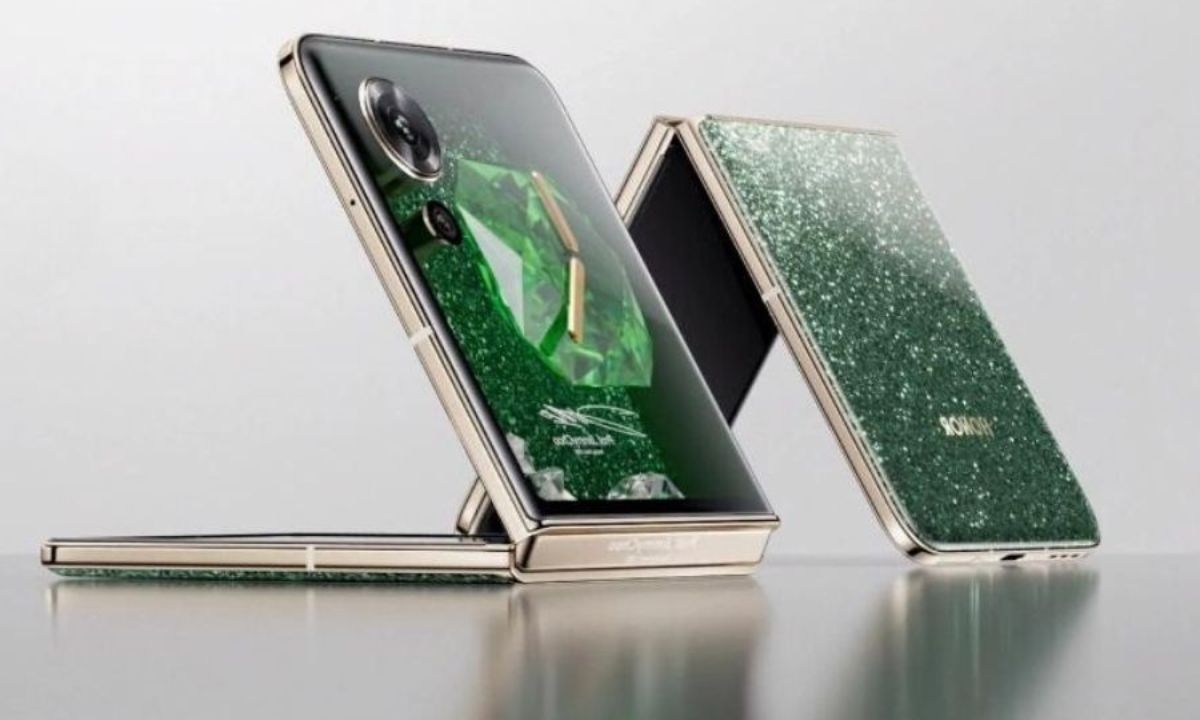Flash Pathology is developing a groundbreaking portable multiphoton microscope that uses femtosecond laser pulses to create real-time, pathology-quality diagnostic images, offering a rapid and non-invasive method for cancer diagnosis.
What is Multiphoton Microscopy?
Multiphoton microscopy is a powerful imaging technique that uses femtosecond laser pulses to generate both two- and three-photon processes. This enables label-free, damage-free imaging of biological samples. Unlike traditional confocal microscopy, which requires sample slicing and staining, multiphoton microscopy eliminates the need for sample preparation, revealing detailed molecular and structural information in tissues and cells without causing damage.
Bringing Multiphoton Microscopy to Cancer Diagnostics
Flash Pathology, a Netherlands-based start-up, aims to bring this technology to clinical settings by creating a compact, portable multiphoton microscope. This device can produce pathology-quality images in real time, without the need for sample fixation or staining. The technology is particularly beneficial for rapid cancer diagnosis, such as for lung cancer, where obtaining timely biopsy results is critical.
A Vision Turned Into Reality
The idea for Flash Pathology came from Marloes Groot of Vrije Universiteit Amsterdam, who saw the potential for multiphoton microscopy to transform cancer diagnostics. Groot collaborated with Frank van Mourik to shrink the microscope into a portable system that can be moved through hospital corridors and produce instant images. The system is compact, measuring just 60 x 80 x 115 cm, and operates with extremely low power levels—only 5 mW, significantly lower than the usual 200 mW used in traditional lab settings.
Fast and Accurate Diagnosis for Cancer
Flash Pathology’s microscope enables rapid, on-site tissue analysis, providing immediate feedback on excised tissue like diagnostic biopsies or surgical resections. For lung cancer, where biopsies are difficult to obtain and diagnose, this technology offers a solution by providing results just 6 minutes after excision with an accuracy of 87%. This quick feedback allows doctors to make immediate decisions during surgery, reducing the need for additional biopsies.
Multiphoton Imaging for Detailed Tissue Analysis
The key to the microscope’s impressive diagnostic performance lies in its ability to simultaneously generate four nonlinear signals: second- and third-harmonic generation (SHG and THG), along with two- and three-photon fluorescence. These signals provide complementary diagnostic information. For example, SHG highlights collagen fibers, while THG visualizes cell membranes and boundaries, and the two- and three-photon processes reveal cellular details like the nucleus and cytoplasm.
How Femtosecond Lasers Enable Detailed Imaging
The femtosecond laser plays a crucial role in enabling multiphoton microscopy. By using ultrashort pulses, the laser increases the likelihood of multiple photons interacting in the same place at the same time, enhancing the quality of the images. The VALO Femtosecond Series of lasers used by Flash Pathology delivers pulses as short as 30 femtoseconds, creating high peak power while maintaining low average power, which prevents sample heating and photobleaching.
Practical Advantages of the VALO Femtosecond Laser
Traditional ytterbium-based lasers struggle to produce signals that can pass through standard microscopy optics. However, the VALO Femtosecond Series overcomes this challenge by generating a broadband spectrum that extends up to 1140 nm. This allows the system to perform both two- and three-photon imaging simultaneously, improving the overall diagnostic capabilities of the microscope. The laser system also includes integrated dispersion pre-compensation to ensure the shortest pulses are delivered to the sample.
Towards Clinical Applications in Hospitals
Flash Pathology is currently testing its multiphoton microscope in several hospitals in the Netherlands, including Amsterdam UMC and the Princess Maxima Center for pediatric oncology. The company is also conducting research at the Queen Elizabeth Hospital in Glasgow. The ultimate goal is to develop a fully certified medical diagnostic device that combines multiphoton microscopy with artificial intelligence to assist in diagnosing diseases in real time during procedures like bronchoscopy.
The Future of Rapid Cancer Diagnosis
Once fully developed, Flash Pathology’s multiphoton microscopy system will revolutionize cancer diagnosis by providing immediate, in-situ analysis during medical procedures. The combination of four nonlinear imaging modalities in one compact device will give doctors the ability to diagnose cancers bedside, improving treatment outcomes and patient care.








